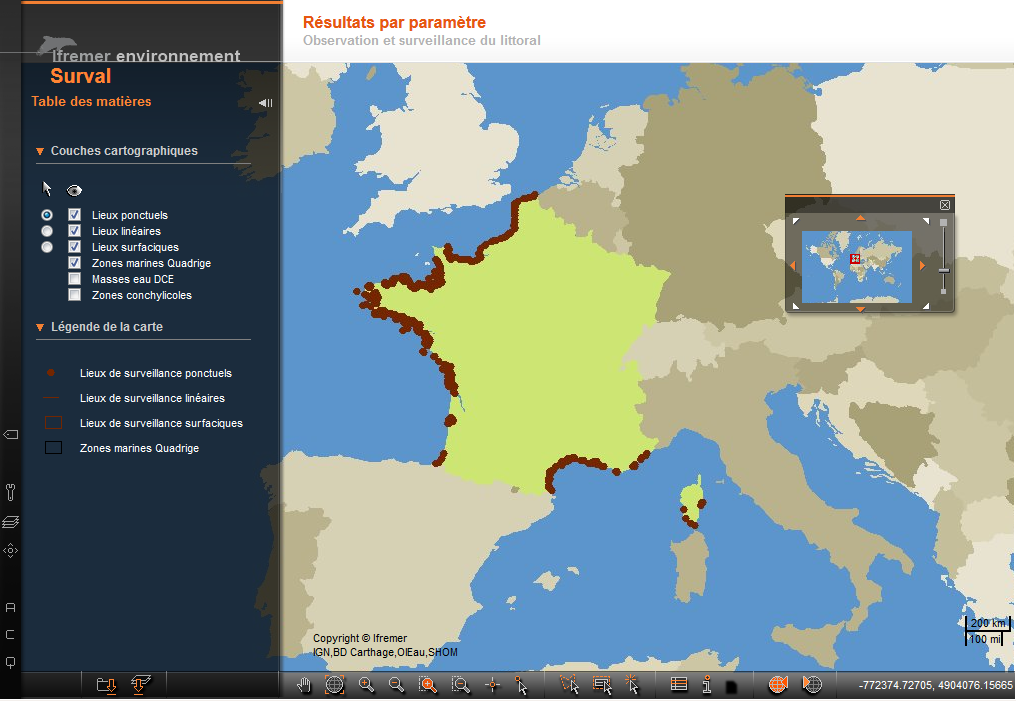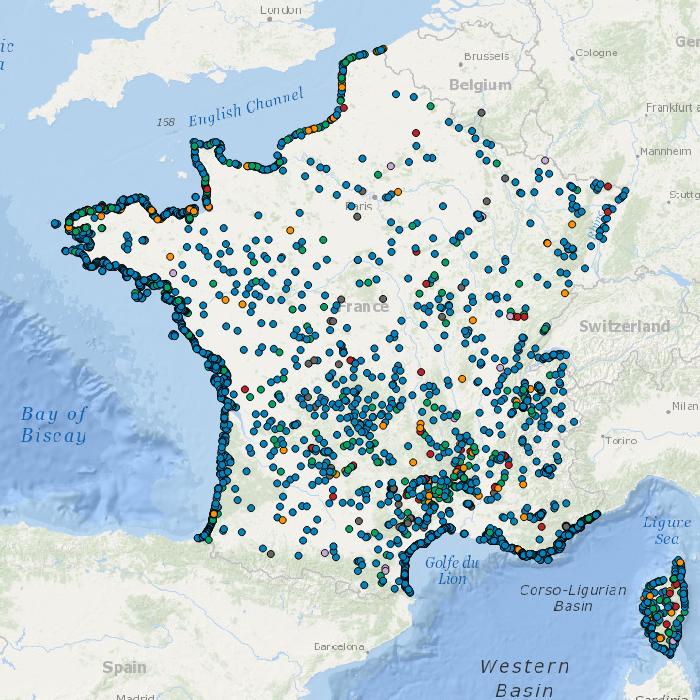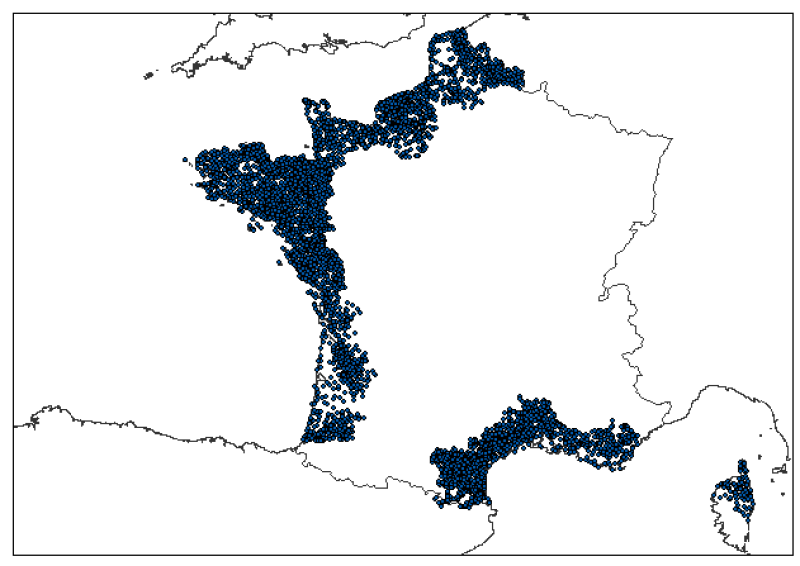Boulogne-sur-Mer
Type of resources
Available actions
Topics
Keywords
Contact for the resource
Provided by
Years
Formats
Representation types
Update frequencies
status
Scale
Resolution
-
Carte du plan de gestion du PNM des estuaires picards et de la mer d'Opale présentant les différents espaces protégés dans et aux abords du PNM.
-
Carte du plan de gestion du PNM des estuaires picards et de la mer d'Opale présentant les différents dispositifs de suivi de la qualité de l'eau existant au sein du PNM.
-
Carte du plan de gestion du PNM des estuaires picards et de la mer d'Opale présentant les principaux sites et évènements culturels aux abords du PNM.
-
Carte du plan de gestion du PNM des estuaires picards et de la mer d'Opale présentant les principaux intérêts paysagers aux abords du PNM.
-
Carte du plan de gestion du PNM des estuaires picards et de la mer d'Opale présentant les principales espèces présentes sur son territoire.
-
Data available in the French Coast
-

Description of the National Center for Archiving Swell Measurements (CANDHIS).
-

-

-

Localisation des rejets des stations d'épuration des départements littoraux exceptés les Pyrénées-Atlantique, la Corse du sud 2A et les Alpes-Maritimes. Ces données sont issues de la Base de Données des Eaux Résiduaires Urbaines 2009.
 Catalogue PIGMA
Catalogue PIGMA